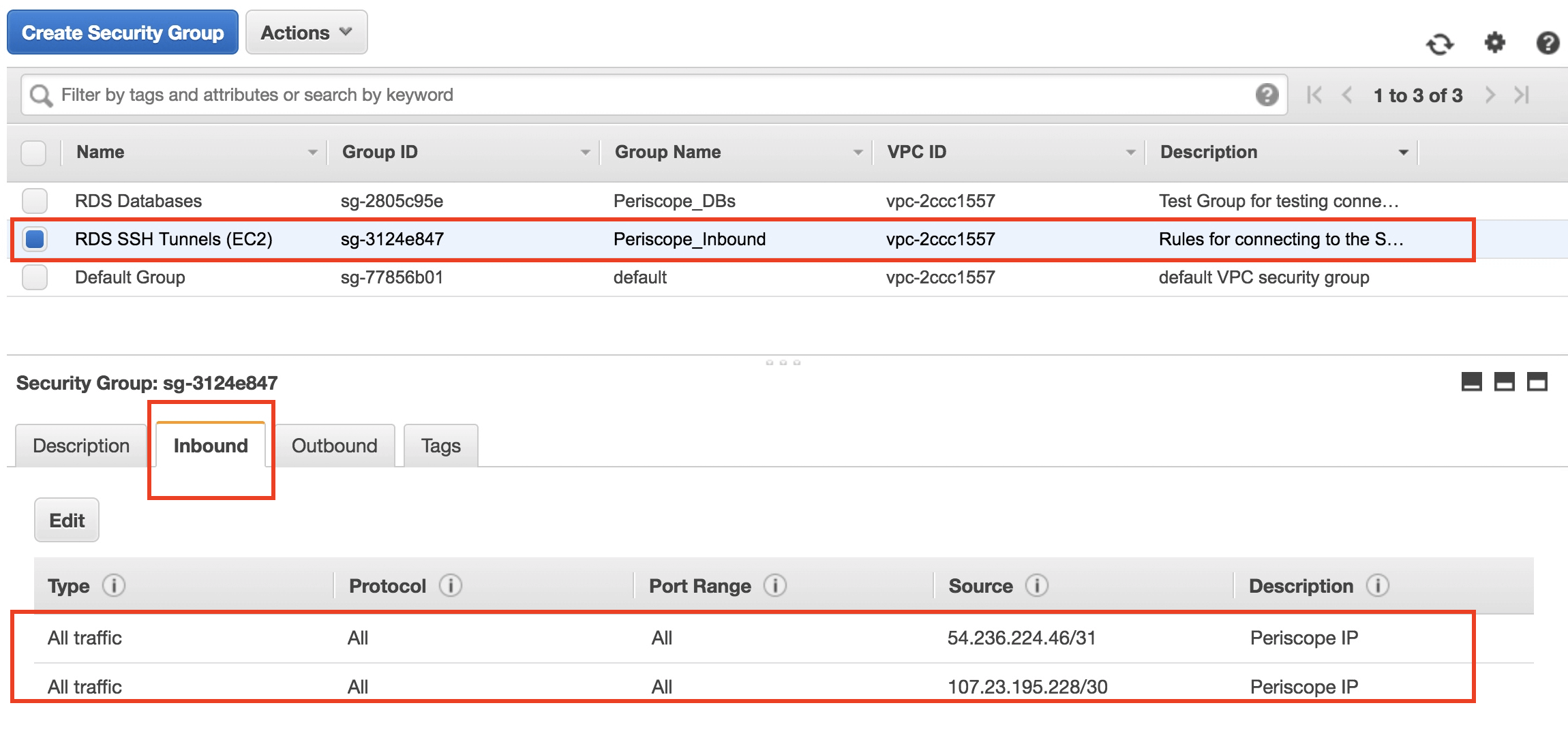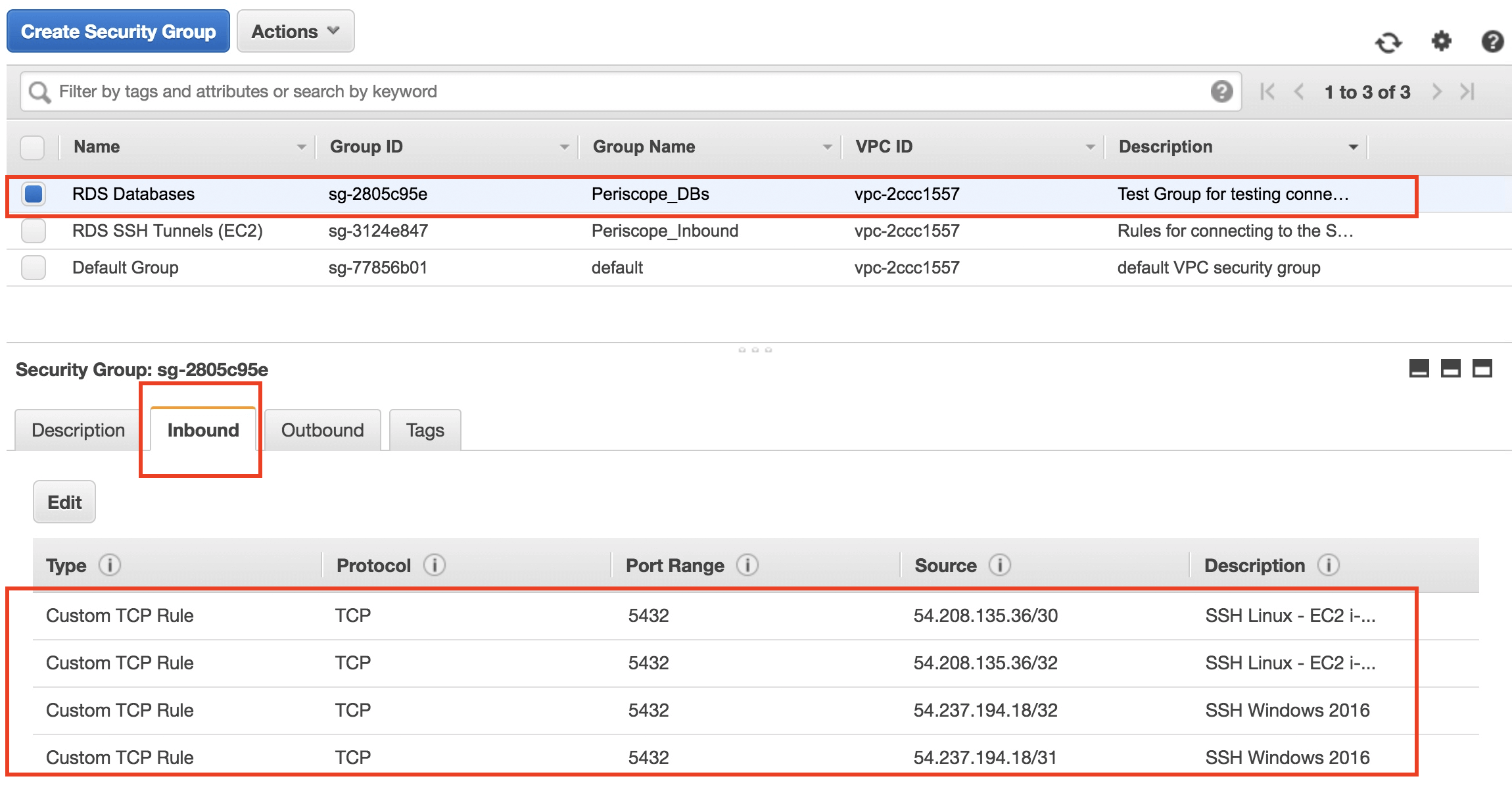In today's interconnected world, IoT (Internet of Things) devices are increasingly integrated into various industries. RemoteIoT SSH AWS example demonstrates how to establish secure connections between IoT devices and cloud servers using AWS infrastructure. This article explores the step-by-step process of setting up a secure SSH tunnel for IoT devices, ensuring data protection and reliability. With remote IoT solutions becoming essential, understanding this setup can significantly enhance your IoT deployment.
As IoT technology continues to evolve, the need for secure communication between devices and cloud platforms becomes critical. RemoteIoT SSH AWS example focuses on utilizing AWS services to create a robust and encrypted connection that guarantees data integrity. This method not only secures device communications but also optimizes performance by leveraging AWS's powerful infrastructure.
This guide aims to provide in-depth knowledge about the implementation of SSH tunnels for IoT devices on AWS. Whether you are a beginner or an experienced developer, this article will cover everything you need to know about RemoteIoT SSH AWS setup, including best practices, tools, and troubleshooting tips. Let's dive into the details.
Read also:Michael Olise
Table of Contents
- Introduction to RemoteIoT SSH AWS
- Understanding SSH in IoT
- Why Use AWS for Remote IoT?
- Step-by-Step Setup Guide
- Tools and Technologies Required
- Securing Remote IoT Connections
- Best Practices for Remote IoT
- Troubleshooting Common Issues
- Case Studies and Examples
- Conclusion and Next Steps
Introduction to RemoteIoT SSH AWS
RemoteIoT SSH AWS example serves as a foundational guide for anyone looking to secure IoT device communications. IoT devices often operate in remote locations, making it essential to establish a reliable and encrypted connection to cloud platforms. AWS provides the necessary infrastructure and services to achieve this, ensuring that data transmitted from IoT devices remains secure and protected.
The primary goal of RemoteIoT SSH AWS setup is to create a secure tunnel between IoT devices and AWS servers. This tunnel uses SSH (Secure Shell) protocols to encrypt data, preventing unauthorized access and maintaining data integrity. By leveraging AWS services, developers can scale their IoT deployments efficiently while ensuring top-notch security.
Key Benefits of RemoteIoT SSH AWS
- Enhanced security through SSH encryption
- Scalability and flexibility offered by AWS
- Reliable and consistent data transmission
- Integration with other AWS services for comprehensive solutions
Understanding SSH in IoT
SSH (Secure Shell) is a cryptographic network protocol that ensures secure communication over unsecured networks. In the context of IoT, SSH plays a crucial role in securing data transmitted between devices and cloud platforms. By encrypting data packets, SSH prevents unauthorized access and protects sensitive information.
When implementing RemoteIoT SSH AWS example, understanding SSH fundamentals is essential. This includes key concepts such as public and private keys, port forwarding, and secure tunneling. These elements work together to create a secure connection that guarantees data integrity and confidentiality.
How SSH Works in IoT
- Public and private key authentication ensures secure access
- Port forwarding enables secure communication between devices
- Secure tunneling encrypts data during transmission
Why Use AWS for Remote IoT?
AWS (Amazon Web Services) is a leading cloud computing platform that offers a wide range of services tailored for IoT deployments. By using AWS for RemoteIoT SSH setup, developers can take advantage of its robust infrastructure, scalability, and security features. AWS provides tools and services such as AWS IoT Core, Amazon EC2, and AWS Lambda, which streamline IoT device management and data processing.
Key reasons for choosing AWS for RemoteIoT SSH AWS example include:
Read also:Memphis Depay
- Global infrastructure for seamless connectivity
- Advanced security features to protect IoT data
- Integration with other AWS services for comprehensive solutions
- Scalability to accommodate growing IoT deployments
Step-by-Step Setup Guide
Setting up RemoteIoT SSH AWS involves several steps, each crucial for ensuring a secure and reliable connection. Below is a comprehensive guide to help you implement this setup effectively:
Step 1: Set Up AWS Account and Services
Create an AWS account if you don't have one already. Once logged in, set up the necessary services, including AWS IoT Core, Amazon EC2, and AWS Lambda. These services will form the backbone of your RemoteIoT SSH AWS setup.
Step 2: Configure IoT Devices
Configure your IoT devices to connect to AWS IoT Core. This involves setting up device certificates, policies, and rules. Ensure that devices are properly authenticated and authorized to access AWS services.
Step 3: Create SSH Tunnel
Use SSH client tools to create a secure tunnel between IoT devices and AWS servers. Configure port forwarding and public/private key authentication to ensure secure communication.
Step 4: Test and Monitor
Test the setup by sending data from IoT devices to AWS servers and monitoring the connection. Use AWS CloudWatch to track performance metrics and identify potential issues.
Tools and Technologies Required
Implementing RemoteIoT SSH AWS requires specific tools and technologies. Below is a list of essential components:
- AWS Account and Services (IoT Core, EC2, Lambda)
- SSH Client Tools (e.g., PuTTY, OpenSSH)
- IoT Devices with Connectivity Capabilities
- Public/Private Key Pair for Authentication
- Data Monitoring and Analytics Tools
Securing Remote IoT Connections
Security is a top priority when implementing RemoteIoT SSH AWS example. Below are some best practices to enhance the security of your IoT connections:
Use Strong Authentication
Implement strong authentication mechanisms, such as public/private key pairs, to ensure only authorized devices can access AWS services.
Encrypt Data in Transit
Use SSH encryption to secure data transmitted between IoT devices and AWS servers. This prevents unauthorized access and ensures data integrity.
Regularly Update and Patch
Keep IoT devices and AWS services up to date with the latest security patches and updates. This helps mitigate potential vulnerabilities and enhances overall security.
Best Practices for Remote IoT
To maximize the effectiveness of RemoteIoT SSH AWS setup, follow these best practices:
- Monitor device activity and connection logs regularly
- Implement access controls and permissions for AWS services
- Use automated tools for device management and data analysis
- Regularly review and update security policies
Troubleshooting Common Issues
Despite careful planning, issues may arise during the implementation of RemoteIoT SSH AWS example. Below are some common problems and their solutions:
Connection Issues
Ensure that IoT devices are properly configured and authenticated. Check network settings and firewall rules to ensure connectivity.
Authentication Failures
Verify public/private key pairs and ensure they are correctly configured. Double-check device certificates and policies for any discrepancies.
Data Transmission Delays
Optimize network settings and use AWS services such as Amazon CloudFront to reduce latency. Monitor performance metrics and identify bottlenecks.
Case Studies and Examples
Real-world examples demonstrate the effectiveness of RemoteIoT SSH AWS setup. Below are some case studies that highlight successful implementations:
Case Study 1: Smart Agriculture
Agricultural IoT devices were deployed to monitor soil moisture and weather conditions. Using RemoteIoT SSH AWS setup, data was securely transmitted to AWS servers for analysis, enabling farmers to make data-driven decisions.
Case Study 2: Industrial Automation
Manufacturing plants implemented RemoteIoT SSH AWS to connect sensors and machines to cloud platforms. This setup ensured secure and reliable communication, improving operational efficiency and reducing downtime.
Conclusion and Next Steps
In conclusion, RemoteIoT SSH AWS example provides a robust solution for securing IoT device communications. By leveraging AWS services and SSH protocols, developers can create a secure and scalable infrastructure for their IoT deployments. This guide has covered the essential steps, tools, and best practices for implementing this setup effectively.
We encourage readers to take the following actions:
- Experiment with the setup using a small-scale IoT deployment
- Explore additional AWS services for enhanced functionality
- Share your experiences and feedback in the comments section
- Explore other articles on our site for more IoT-related content
Thank you for reading, and we hope this guide proves valuable in your IoT journey!


